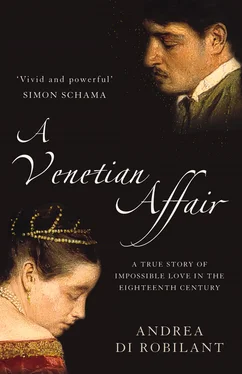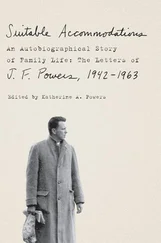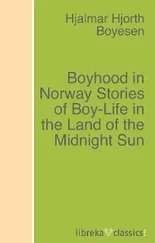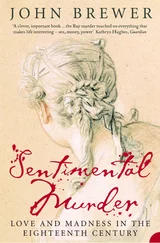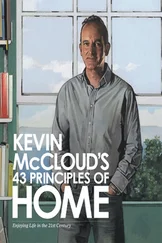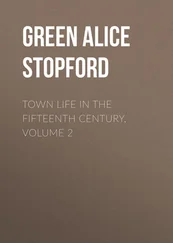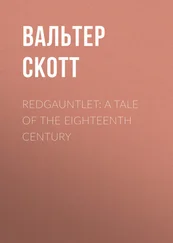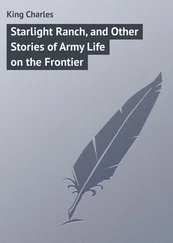Once my father finished transcribing the letters, he tried to publish them. Time went by, and I wondered whether he would ever complete his project. My father did not have the natural inclination to put together a book: his real talent was in telling a good story. Over the years I heard him talk about Andrea and Giustiniana again and again as he polished their romance into a perfect conversation piece. How vividly he comes back to me now, glass of red wine in hand, charming dinner guests with yet another elegant account of his Venetian love story. He revered Andrea, who went on to become one of the last in a long line of Venetian statesmen. And, lady’s man that he was, he adored Giustiniana—for her looks, her spirit, and her lively intelligence. My father rooted for them with genuine affection even as he explained to his listeners, who were perhaps not sufficiently well versed in Venetian laws and customs, that it had been “ un amore impossibile ”—an impossible love. It was unthinkable in those days for a prominent member of the ruling elite such as Andrea to marry a girl with Giustiniana’s murky lineage. She had been born out of wedlock, her mother’s background was checkered at best, and her father was an obscure English baronet and a Protestant to boot. For this reason, my father would explain, they saw each other in secret and often wrote to each other using their strange alphabet. Whereupon he would bring his audience to a peak of excitement by scribbling a few words in the private code of Andrea and Giustiniana.
In the end the treasured letters became, above all else, an excuse for my father to ramble on about his heroes and the city he loved so much. And they probably would have remained just that if events had not taken a sad and completely unexpected turn. In January 1997 an intruder entered my father’s apartment in Florence and bludgeoned him to death. It was a senseless, incomprehensible act—a violent end for a gentle, life-loving man. After the funeral my brothers and I stayed in Florence for a week in the hope of being of some assistance to the investigation. During those difficult days the story of Andrea and Giustiniana could not have been further from my mind—until it suddenly appeared in the local newspapers. The carabinieri had found my father’s laptop computer open on his worktable, so they had seized it as evidence, together with the floppy disks on which he had transcribed the letters. They went on to leak information about Andrea and Giustiniana to the press. 3 In an even more bizarre twist, the carabinieri sent a few agents up to Venice to check into possible leads.
The murder investigation led nowhere, and two years later it was abandoned. My father’s belongings, including Andrea’s original letters, the discs with the transcriptions, and the notes on the cipher, were returned to us. By that time I had moved to Washington as the new correspondent for the Italian daily La Stampa . But I made a promise to myself that I would do my best to carry out my father’s original plan to publish the letters in one form or another once my assignment in the United States was over. My resolve was further strengthened when I found another trove of letters in a library just a short distance away from my new posting as foreign correspondent.
James Rives Childs was an American diplomat and scholar who developed a minor passion for Giustiniana as a result of his studies on Casanova. In the early fifties he was in Venice looking for the unexpected nugget that might enrich his collection of Casanoviana. He came upon a small volume of letters from Giustiniana to Andrea, which added another fascinating chapter to their love story. He never got around to publishing them, although a few excerpts appeared in his newsletter, Casanova Gleanings . Ambassador Childs died in 1988, having bequeathed his collection—including Giustiniana’s letters—to his alma mater, Randolph Macon College, in Ashland, Virginia, a mere two hours away from Washington, D.C. That part of Virginia was already very familiar to me. Childs—the coincidence would have delighted my father—came from Lynchburg, where my mother had grown up (she attended Randolph Macon Women’s College). So for me the quest that had begun several years earlier with the letters my father had found in the attic of his childhood home in Venice ended, rather eerily, a few miles up the road from my mother’s birthplace in America.
The early 1750s—the period when Andrea and Giustiniana first met—was a particularly poignant moment in Venice’s long twilight. The thousand-year-old Republic was less than five decades away from its swift collapse before Napoleon Bonaparte’s invading army. Signs of decline had been evident for a long time, and no reasonable Venetian believed the Serenissima, as the Republic had been known for centuries, could reclaim the place it had once occupied among the powerful nations of the world. Yet Venice did not seem like a civilization that was drawing its last breath. On the contrary, it was living a vibrant, even self-confident old age. The economy was growing. The streets were busy, and the stores were filled with spices, jewelry, luxurious fabrics, and household goods. On the mainland, agriculture and stock farming underwent revolutionary changes, and wealthy Venetians built grand villas on their country estates. The population was rising, and Venice, with its 140,000 inhabitants, was still one of the most populous cities in Europe. An experienced and generally conservative government composed of a maze of interlocking councils and commissions (whose members derived from the most powerful families) ran the city in a manner that had altered little for centuries. Venice’s ruling class remained an exclusive caste, whose symbol was the Golden Book—the official record of the Venetian patriciate. Its obstinate refusal to let new blood into its ranks, coupled with a deep-seated resistance to change after such a long and glorious history, was weakening its hand. But, as one historian has observed, “the future of this state founded on an intelligent form of paternalism still seemed assured.” 4
The middle years of the eighteenth century also saw an extraordinary flowering of the arts that hardly fits the image of a dying civilization. In fact, it turned out to be the last, glorious burst of Venice’s creative genius, and what a feast it was—Tiepolo at work on his celestial frescoes at Ca’ Rezzonico, Goldoni writing his greatest comedies, Galuppi filling the air with his joyful music. There had never been more amusements and distractions in Venice. One pictures the endless Carnival, the extravagant balls, and the theaters fairly bursting with boisterous spectators. The stage was flourishing: there were seven major theaters operating in the 1750s and they were filled with rowdy crowds every night. The most popular meeting place of all, however, was the Ridotto, the public gambling house that was famous across Europe. Venetians were in the grip of a massive gambling addiction, and they were especially hooked on faro, a card game similar to baccarat (“faro” stood for “pharaoh,” and was the king card). There were several gambling rooms at the Ridotto, with as many as eighty playing tables in all. They opened up on a long, candlelit hall—the sala lunga —where an eclectic crowd of masked men and women mingled and gossiped about who was piling up sequins that night and who was piling up debt.
The mask, perhaps more than anything else, was the symbol of those carefree days. It had become, by then, an integral part of the Venetian attire, like wigs and fans and beauty spots. Masks came in two kinds: the more casual black or white moreta , that covered only the eyes, and the “cloaked” mask, or bautta , which hid the entire head down to the shoulders. Venetians were allowed to wear masks in public from October until Lent, with the exception of the novena—the nine-day period before Christmas—and everyone wore one, from the doge down to the women selling vegetables at the market. The custom added a little mystery and intrigue to everyday life.
Читать дальше
